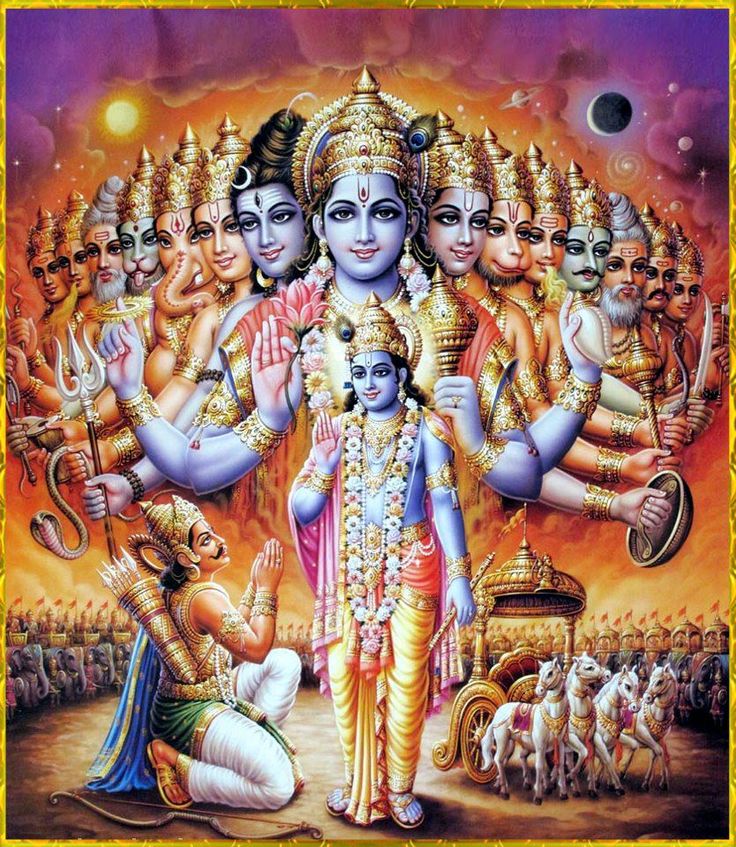Gita : Ch-13. Slo-5. Discussion-9.
Sunday, Dec 04, 2016.
Srimad Bhagavad-Gita :
Chapter-13. (Kshetra-kshetrajna-vibhaga-yogam)
Slokam-5. ( That knowledge of the field of activities and of the knower of activities is described by various sages in various Vedic writings-especially in the Vedānta-sūtra-and is presented with all reasoning as to cause and effect. )
rshibhirbahudha gitam chandobhir vividhaih prthak,
brahmasutrapadaiscaiva hetumadbhir viniscitaih.
rshibhih bahudha = by Rishi-s in many ways;
vividhaih chandobhih = many different Vedic mantra-s ( hymens );
hetumadbhih viniscitaih = with cause and effect and ascertain ( certain and sure );
brahma-sutrapadais eva ca = the vedantam and aphorism too;
( etat) prthak gitam = variously described ( this specially reflected ).
Discussion-9.
It is also possible to take the Brahma Sutra to mean the aphorism I.I.I which begins the scripture and states : -
Now therefore let us enquire into what is the brahman.
What is descriptive of the brahman ascertains the nature of the brahman.
Such aphorisms furnished with reasons embellish the understanding for example in Brahma Sutra I.I.V it states :-
On account of thinking the pradhana or material manifestation is not the primary cause as it is not based on the Vedic Scriptures.
Also the statement in Brahma Sutra I.I.XII stating :-
The atma or eternal soul consists of ananda or bliss.
Though both emanating from the Supreme Lord the brahman is always put forth as being a separate potency from the atma on account that each has its exclusive function
Gita : Ch-13. Slo-5. Discussions-Concluded.
Next : Gita : Ch-13. Slo-6 & 7. Discussion-1.
To be continued ....





Comments
Post a Comment